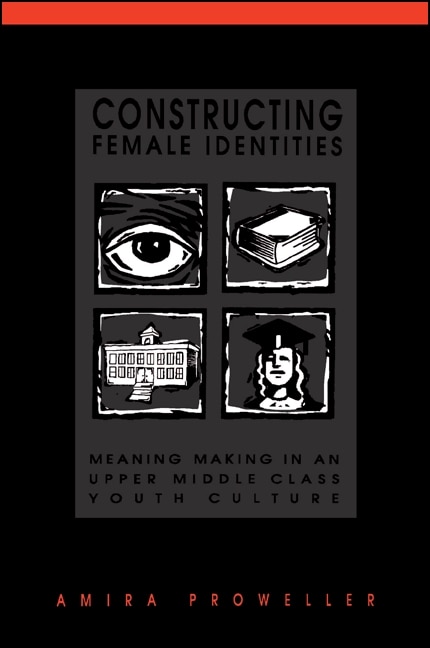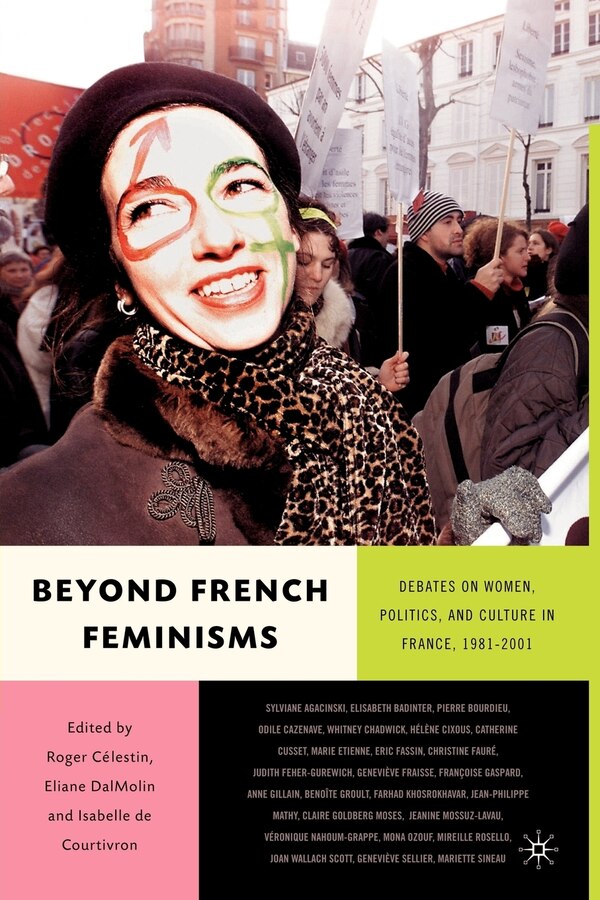Home
Constructing Feminine To Mean by Abdelkader Fassi Fehri, Hardcover | Indigo Chapters
Loading Inventory...
Coles
Constructing Feminine To Mean by Abdelkader Fassi Fehri, Hardcover | Indigo Chapters
From Abdelkader Fassi Fehri
Current price: $152.00


Coles
Constructing Feminine To Mean by Abdelkader Fassi Fehri, Hardcover | Indigo Chapters
From Abdelkader Fassi Fehri
Current price: $152.00
Loading Inventory...
Size: 0.84 x 9.12 x 1.27
*Product information may vary - to confirm product availability, pricing, shipping and return information please contact Coles
Linguistic gender is a complex and amazing category that has puzzled and still puzzles theoretical linguists, typologists, philosophers, cognitive scientists, didacticians, as well as scholars of anthropology, culture, and even mystical (divine) sufism. In Standard and colloquial Arabic varieties, feminine morphology (unlike "common sense") is not dedicated to mark beings of the female sex (or "natural gender"). When you name the female of a "lion" (?asad) or a "donkey" (?imaar), you use different words (labu?at or ?ataan), as if the male and female of the same species are linguistically conceived as completely unrelated entities. When you "feminize" words like "bee" (na?l) or "pigeon" (?amaam), the outcome is not a noun for the animal with a different sex, but a singular of the collective "bees," "one bee" (na?l-at), or an individual pigeon (?amaam-at). In the opposite direction, when a singular noun "carpenter" (najjar) is feminized, the (unexpected) result is a special plural, or rather a group, "carpenters as a professional group" (najjar-at). Since some of these words (contrastively) possess "normal" masculine plurals, or masculine singulars, I propose to distinguish atomicities (which are broadly "masculine") from unities (which are "feminine"). The diversity of feminine senses is also manifested when you feminize an inherently masculine noun like "father" (?ab), "uncle" (?amm), etc. The outcome (in the appropriate performative context) is that you are endearing your father or uncle, rather than "womanizing" him. More "unorthodox" senses are evaluative, pejorative, diminutive, augmentative, etc. It is striking that gender not only plays a central role in shaping individuation, or perspectizing plurality, but it is also used to distinguish what we count, or what we quantifier over. In Arabic, when you count numbers in sequence (three, four, five, six, etc.), you use the feminine, but when you count objects, you have to "negotiate" for gender, due to the "gender polarity" constraint. Your quantifier senses, which are also subtly built in the grammar, equally negotiate for gender. Wide cross-linguistic comparison extends the inventories of features, mechanisms, and typological notions used, to languages like Hebrew, Berber, Celtic, Germanic, Romance, Amazonian, etc. On the whole, gender is far from being parasitic in the grammar of Arabic or any language (including "classifier" languages). It is central as it has never been. | Constructing Feminine To Mean by Abdelkader Fassi Fehri, Hardcover | Indigo Chapters



















